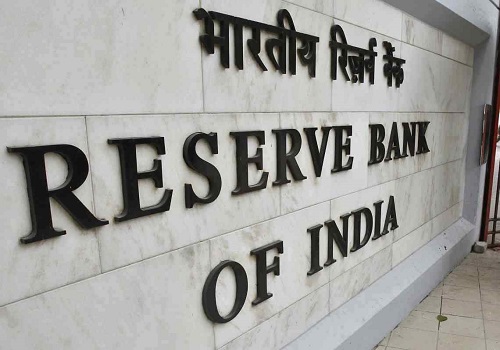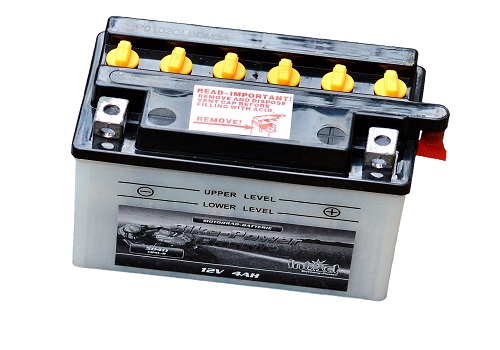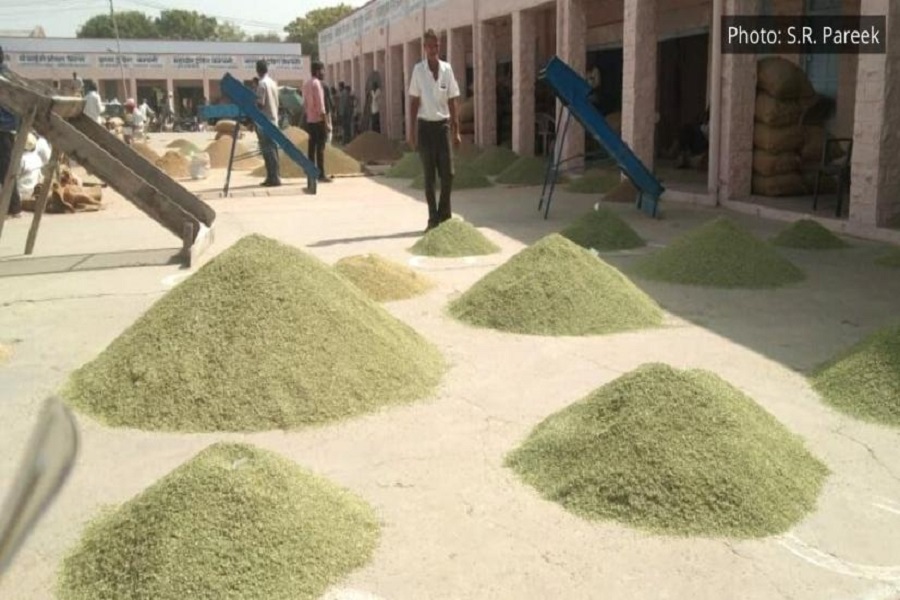Automobiles & Components: Turning Tides by Kotak Institutional Equities
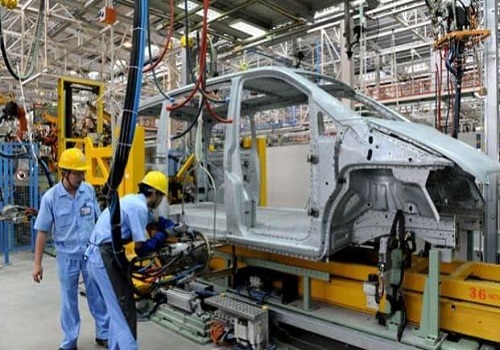
Turning tides
Given the recent uptick in natural rubber and crude oil prices, coupled with muted demand trends in the domestic market, the margins of tire companies may come under pressure if prices sustain at these levels. At current spot prices, our analysis suggests potential gross margin cuts of 100-200 bps to our FY2025 estimates. A reverse DCF analysis suggests that tire companies should maintain or improve 2QFY24 peak profitability in the longer term to justify CMP, which we believe is challenging. The uptick in freight cost remains an incremental headwind for BIL. Retain SELL on APTY, CEAT, MRF and BIL.
Domestic demand growth has moderated for tire companies
In the last three quarters, revenue growth for listed tire companies has moderated to low mid-single digits on account of: (1) demand moderation in select replacement segments, (2) weakness in export markets and (3) decline in ASPs in the OEM segment due to the passthrough of lower RM prices. We expect demand trends to remain muted in the near term, given: (1) weak PV replacement segment demand as the base period of sales are muted, assuming a 3-5 year replacement cycle, (2) demand moderation in the OEM segment and (3) subdued trends in the CV segment, which may also impact TBR and TBB replacement demand, partly offset by the recovery in export markets. Apollo Tyres has underperformed CEAT and MRF, mainly due to market share loss in the PCR replacement segment as it continues to focus on profitability.
Uptick in commodity prices poses risk to tire companies’ profitability
International and domestic natural rubber prices (spot) have risen by 22-32% from 2QFY24 average levels, driven by persistent supply concerns. Leading natural-rubber producers (Thailand, Malaysia and Indonesia) are grappling with lower output, owing to adverse weather concerns. In the first two months, global NR supply stood at 2.25 mn tons versus global NR consumption of 2.44 mn tons. Rubber prices may sustain at current levels, given the widening global supply deficit and steady demand trends in the global PV segment. Further, crude prices have witnessed an uptick, which will further weigh on profitability (500-600 bps impact on gross margins at current spot prices from 3QFY24 levels). If the current prices sustain, we see a downside risk to our gross margin assumptions to the tune of 100-200 bps. The uptick in freight cost due to the Red Sea crisis remains an incremental headwind for BKT (~45% volumes are derived from the EU region).
Domestic tire companies have taken prices cuts in TBR segment
In March, domestic tire companies cut prices in the TBR segment to the tune of 1-1.5%, which implies demand challenges in the CV replacement segment currently. Tire companies might be able to pass on commodity price increases in the PCR and 2W replacement segments (B2C segments); however, we believe it will be challenging in the CV segment, given the B2B nature of the business and muted demand trends. We believe APTY has limited scope to raise prices in the PCR segment without impacting its market share,, given its premium pricing versus other domestic tire companies.
To justify CMP, tire companies should maintain or improve on 2QFY24 peak profitability
A reverse DCF analysis suggests that APTY (standalone) and CEAT must maintain their EBITDA per kg in FY2027-36E compared to 2QFY24 peak profitability levels (~50-55% higher than the 10-year average EBITDA per kg) to justify the current price. Further, MRF must clock in 33% higher profitability over FY2027-36E from FY2024E levels to justify the CMP. We expect capex spends to remain at lower levels over the next 1-2 years; however, we believe that it will be difficult for the company to maintain current profitability/return ratios on a sustainable basis, given: (1) the commoditized nature of the industry, which tends to be cyclical, (2) weak pricing power, especially in OEM and CV replacement segments, (3) elevated competitive intensity in select segments and (4) high capex requirements over the cycle.
Above views are of the author and not of the website kindly read disclaimer
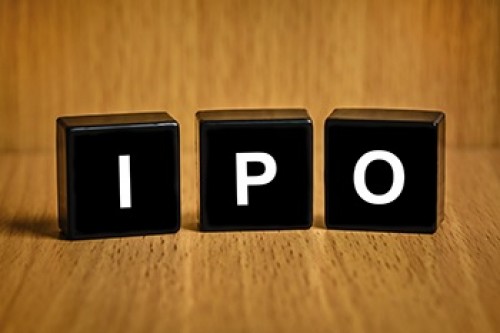




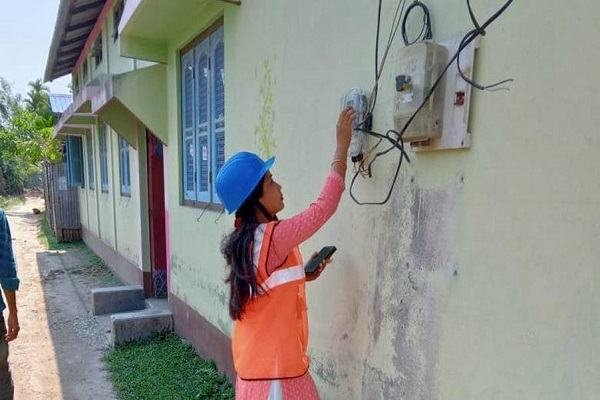

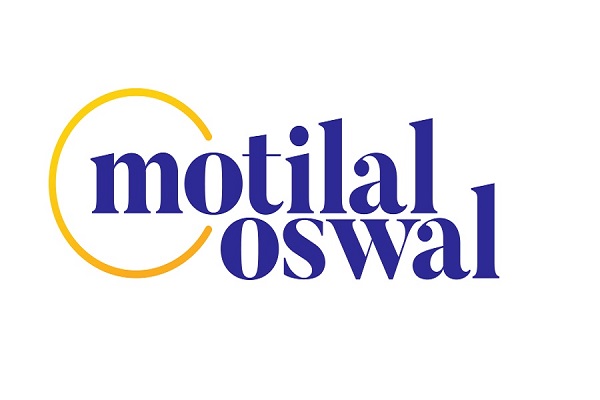
.jpg)






